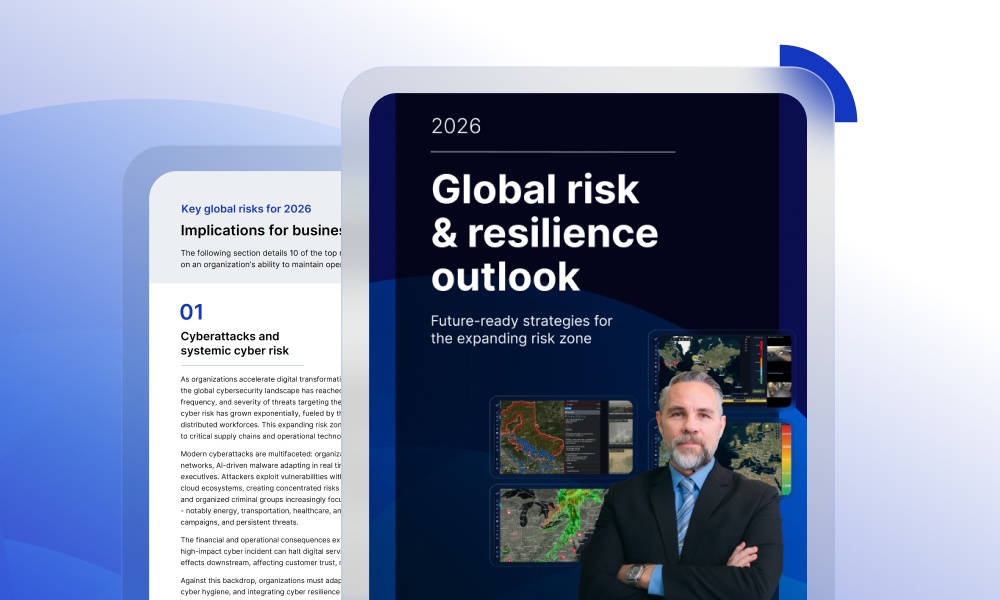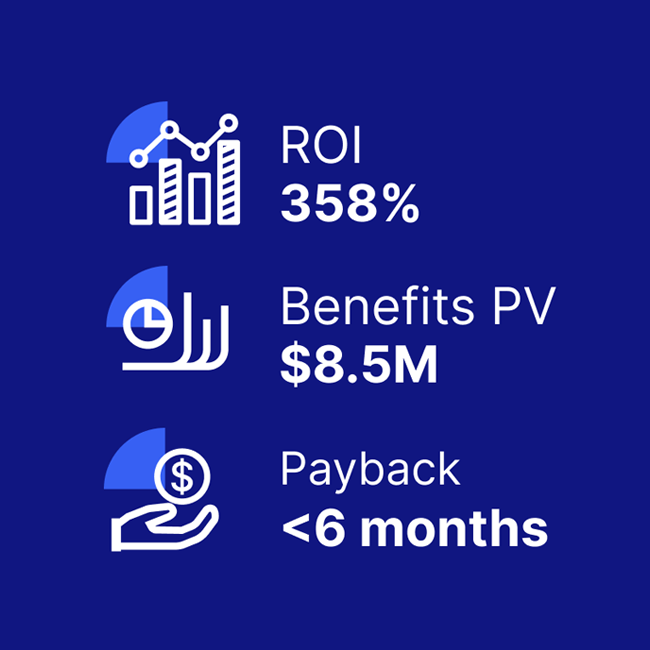Top 10 questions to ask when choosing IT incident management software
Discover the most important questions to evaluate incident management platforms and make a smarter investment for your organization's resilience.

Discover the most important questions to evaluate incident management platforms and make a smarter investment for your organization's resilience.
Join Customer Success for a review of 2025 Everbridge Suite enhancements, and gain expert guidance to prepare and optimize your system for success in 2026!
Casey and Shay kick off with festive banter before welcoming Brad Henske of Carilion Clinic to unpack how a Risk & Resilience Committee unites risk, ITDR, emergency/crisis communications, and BC to achieve operational resilience. He covers committee scope, mission alignment, and collaboration via curiosity, regular cross-functional touchpoints, and shared accountability. The episode distinguishes strategic resilience goals from tactical BC execution and stresses first steps: define the model, engage partners, begin the work.
Learn how leading organizations are leveraging Everbridge Travel Protector and 360 to safeguard both people and performance.
By integrating global resources, live intelligence, and expert crisis management, Everbridge once again demonstrated its commitment to safeguarding its clients when every second counts.
Step into a crisis as the leader everyone relies on. Make real-world decisions, see the impact, and explore how your choices shape organizational response and resilience – in this interactive scenario created in partnership with Security Magazine.
Safeguarding personnel when it matters most. The Everbridge highly experienced analysts are available 24/7 to advise you on the best action to take to keep your people and operations safe. And we provide on-the-ground support to protect your employees, property and business operations.
Our highly experienced analysts are available 24/7 to advise you on the best action to take to keep your people and operations safe. And we provide on-the-ground support to protect your employees, property and business operations.
Hosts Casey and Shay are joined by James Podlucky from Everbridge who brings a unique perspective as a former Certified Emergency Manager. James discusses the realities of incident command, from common pitfalls like information bottlenecks and role confusion to the importance of leaving ego at the door. He provides a blueprint for success, highlighting the need to build relationships before disasters strike and conduct realistic training.
In our latest Rapid Resilience Briefing, Christian Robles analyzes the escalating U.S. military operation in the Caribbean.
In today’s complex and high-risk environment, choosing the right business continuity platform is a strategic necessity. Everbridge’s High Velocity CEM™ enhances resilience through
In our latest Rapid Resilience Briefing, Christian Robles analyzes the escalating U.S. military operation in the Caribbean.

A composite organization comprised of interviewees with experience using the CEM platform achieved a 358% ROI and US$8.5M in three-year risk-adjusted benefits, according to a commissioned Total Economic Impact(TM) Study by Forrester Consulting.
This includes:
Discover the value Everbridge can bring to your organization from our ROI calculator, checklist, and full TEI study.

Everbridge University provides your team with the skills, techniques, concepts, and best practices needed to correctly relay critical communications and manage incidents, allowing you to redeem the full value from your investment.